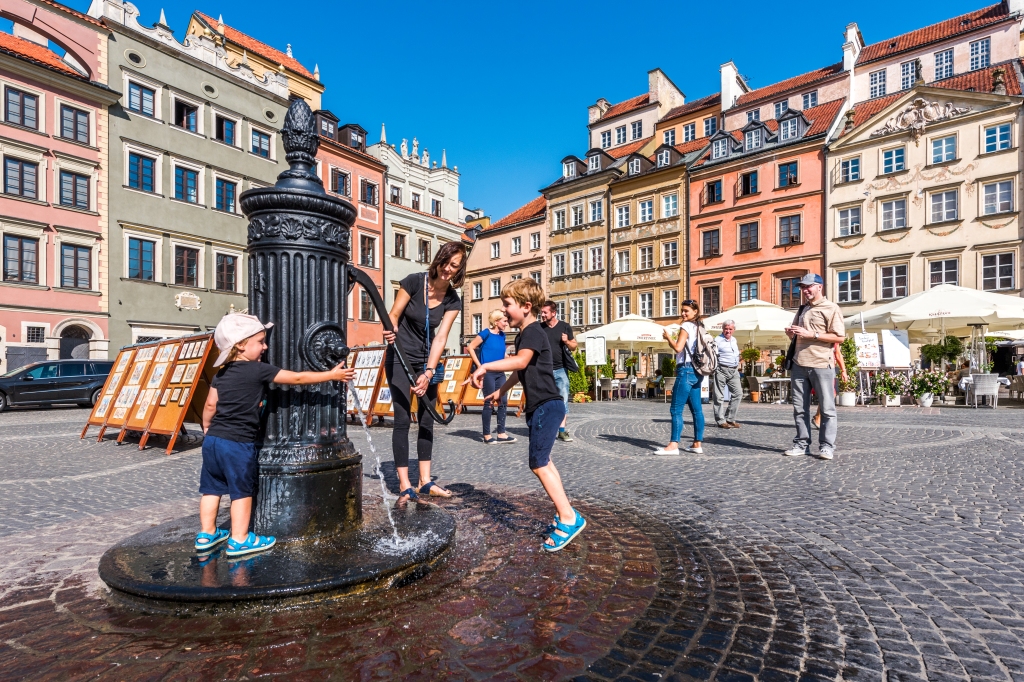Revitalizing historic Old Towns: a blueprint for reconstruction and tourism boom
In today’s evolving world, the fusion of past and present offers a captivating experience, not just for cultural aficionados but also for avid travelers. Historic Old Town revival stands as a powerful testament to the allure of traditions blended seamlessly with modernity. As urban landscapes change rapidly, these preservation efforts become not only a measure of protecting heritage but also a strategic move toward boosting tourism and local economies. This article aims to unravel how revitalizing historic old towns creates unique opportunities for tourism, captures imaginations, and spurs economic growth.

The Growing Enchantment with Historic Old Towns
Nestled within the bustling tempo of contemporary life, Historic Old Towns captivate travelers and locals alike. They offer a distinct sense of stepping back in time, coupled with the allure of modern amenities. So, why has there been a renewed interest in the reconstruction and rejuvenation of these areas? Here’s a multifaceted view:
-
Preservation of Culture and Heritage
- Preserving historical architecture isn’t merely romanticizing the past. It’s a testament to maintaining a cultural identity. In an era where rapid development often erases the past, the revival of these towns preserves centuries-old stories, practices, and craftsmanship.
- The UNESCO World Heritage List has noted a significant increase in nominations stemming from revitalization projects.
-
Economic Development Potential
- Historic districts have been identified as significant economic assets. With strategic marketing and branding efforts, they act as magnets for both domestic and international tourists.
- According to the National Trust for Historic Preservation, every 1 million invested in historic rehabilitation can generate nearly 40 jobs.
-
Tourism Appeal and Sustainability
- As more travelers seek experiential travel, historic old towns offer unique, authentic adventures. The allure lies not just in the architectural grandeur but in the stories etched into every corner.
- These rejuvenations, when aligned with sustainable practices, create eco-friendly tourist destinations, addressing growing concerns about carbon footprints.
-
Fusion of Tradition and Contemporary Comforts
- The charm of cobbled streets doesn’t mean sacrificing modern conveniences. Glitzy boutique hotels, traditional cuisine restaurants, and artisanal stores merge the best of both worlds.
- Cities like Tallinn and Prague have beautifully executed this blend, leading to a notable boost in tourism.
Strategies for Effective Reconstruction and Tourism Mobilization
-
Comprehensive Planning and Community Engagement
- Successful revitalization requires understanding community needs and aspirations. Engaging local stakeholders ensures that projects resonate with residents and visitors alike.
- Public-private partnerships also bring much-needed expertise and funding.
-
Using Technology and Data
- Employing digital tools such as virtual tours and interactive maps can enhance visitor experiences and encourage exploration.
- Data analytics help cities forecast tourism trends and adapt to changing preferences.
-
Storytelling and Marketing Narratives
- Every historic town has a story; sharing these tales through deep narrative marketing creates emotional resonance and engagement.
- The success of the „I Amsterdam” campaign exemplifies the power of storytelling mixed with strategic marketing.
-
Collaborations with Influencers and Content Creators
- Leveraging the reach of social media personalities can elevate a town’s profile. It taps into new audiences and provides authentic endorsements.
- Partnering with travel bloggers and influencers often results in organic traction and heightened visibility across platforms.
Roadblocks and the Path Forward
-
Challenges to Overcome
- Balancing preservation with development can be contentious. Stakeholders must address infrastructural limitations while safeguarding heritage.
- Regulatory hurdles and securing consistent funding are other pressing issues.
-
A Vision for Future Restoration Projects
- The focus should be on adaptive reuse, creating flexible spaces while conserving landmarks.
- Further strides in renewable technologies can further cement historic towns as beacons of modern sustainability.
Bridging Time and Tourism—A Win-Win
The story of historic old town revival is one of rejuvenation, not just for the structures themselves. But also for the communities they represent. As more cities embrace the duality of honoring tradition while looking forward, these towns stand poised to be evocative, economically potent touristic destinations. With strategic planning, ongoing collaborations, and a touch of innovative spirit, the tapestry of history combined with future-centric tourism will continue to unfold exuberantly. Revitalizing historic old towns is more than an architectural endeavor—it’s a cultural renaissance paired with tourism advancement.















